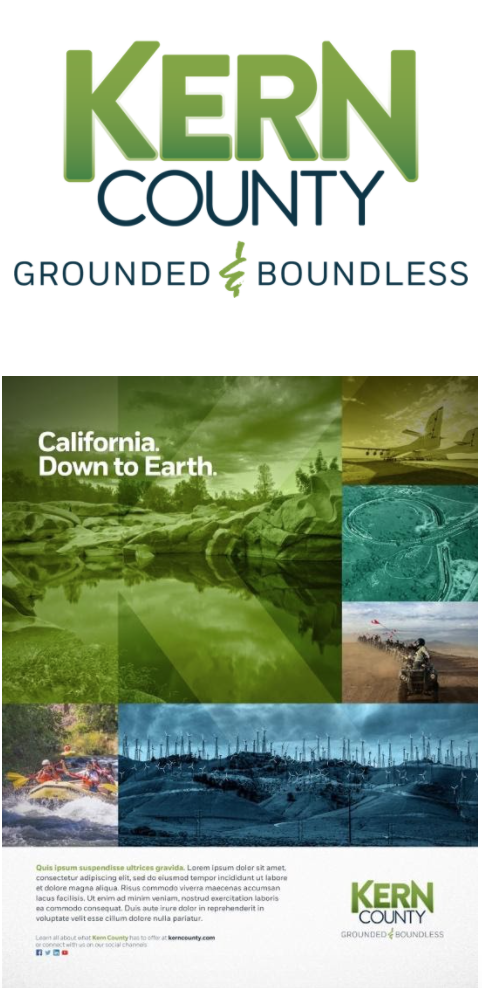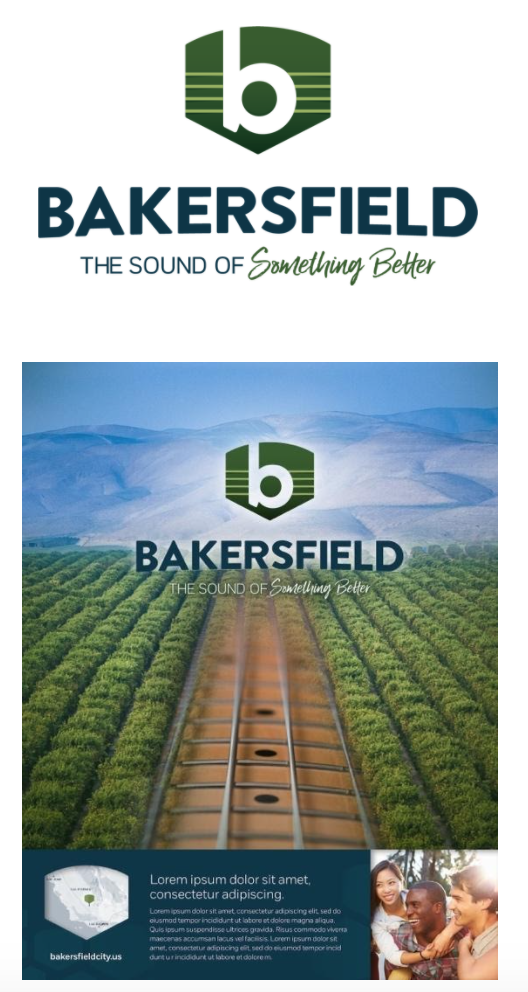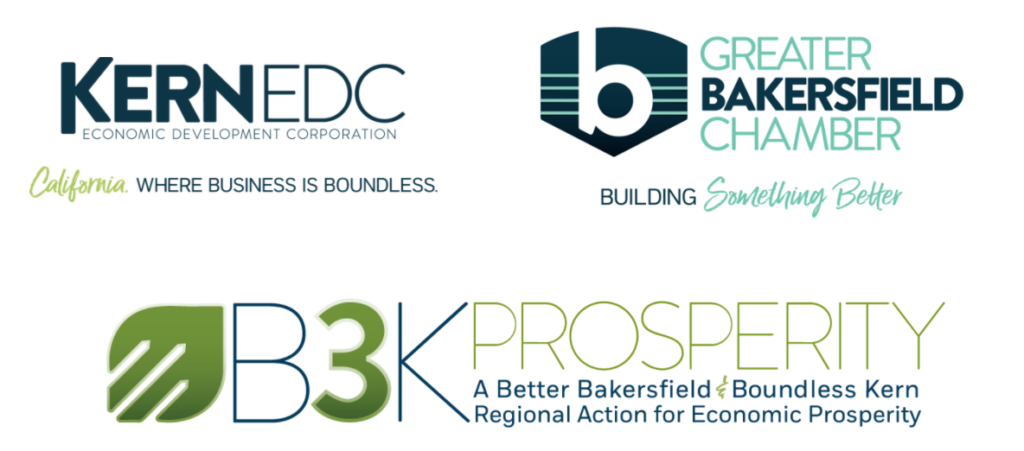
14 Dec How Regional Cooperation Makes Community Marketing Work Harder
It’s no secret that in the past several decades, the knowledge sector – or occupations that rely on intellectual, versus manual, capital – has been growing at an unprecedented rate.
Over the last 35 years, the number of knowledge workers in the U.S. has increased by approximately 1.9 million annually, or about eight times faster than careers with more manual work, according to an IEDC Study on the Role of Placemaking in Economic Development.
The explosion in the knowledge sector has forced a large number of markets into economic transition. Once enjoying a thriving economy with manual or routine jobs in sectors such as manufacturing, construction, agriculture and more, small-to-medium-sized markets especially must find ways to rethink their economic models and how they position themselves.
The challenge for these markets is further evidenced by the fact that 20 U.S. counties today account for 50% of the country’s U.S. business growth, versus 125 countries two decades ago, according to a Federal Reserve Bank of Atlanta study.
With major metropolitan areas leading the way in globalization and technology and driving our economy forward, smaller cities and countries risk falling off the map if they do not transition and advance their economies.
The playbook for improving economic opportunity and resiliency is multi-jurisdictional cooperation. That’s because branding, marketing and messaging alignment across all entities maximizes the appeal, credibility and success of your positioning. When leaders of cities, counties and even states adopt this approach to collaboration, it enables a distinct and cohesive story to be told about your communities’ points-of-difference and benefits. The cohesive story positions your region as a group of stakeholders who work together, a vital factor that is often a key driver in state and federal funding allocations. The cohesive story positions your region as a group of stakeholders who work together, a vital factor that is often a key driver in state and federal funding allocations.
How Bakersfield and Kern County, California are making it happen.
Our friends in Bakersfield and Kern County, California are great examples of how regional cooperation with community branding and marketing can help achieve economic success.
Nestled to the northeast of Los Angeles County and often passed by for larger West Coast markets, Bakersfield and Kern County together identified three key obstacles in 2018 that they sought to address to ensure their long-term sustainability.
No. 1, the region faced extreme regulatory and market pressure on industries, such as agriculture and energy, that historically drove its economy.
No. 2, the area suffered from a lack of quality jobs that could enable residents to be self-sufficient and reach the middle class.
No. 3, there was an absence of regional unity, which included a fragmented approach to public-private efforts and investment that limited the market’s economic competitiveness across the state.
The unified branding and marketing strategy aimed to overcome these challenges, telling a story that highlighted the region’s economic opportunities in more knowledge-based sectors such as aeronautics, space exploration, defense systems and more.
It communicated that while many limelight seekers only pass through on their way to places like Los Angeles, Bakersfield and Kern County is a region where you can still achieve the American Dream, minus the shared apartments and hours-long traffic. Combined with its modern career opportunities, it wasn’t difficult to showcase the area’s wealth of natural resources and great weather that you may not get elsewhere.
To help tell this story, the respective branding of Bakersfield and Kern County achieved a perfect mix of individuality and integration, including subtleties within the fonts and shapes that embody the uniqueness and differentiators of both the city and county. With this branding, it was clear Bakersfield and Kern County were in lockstep on their shared vision and positioning of the region, yet still showcased the unique strengths, aspects and opportunities of their communities.


Bakersfield and Kern County leveraged its branding in a variety of ways, including integrating the look and feel into several city and county entities. It also created B3K Prosperity, a public-private collaborative effort to develop a roadmap and investment plan for economic growth and inclusion. It’s a great example of how branding represents more than just window dressing – it can serve as the catalyst for action and greater cooperation between leaders in communities, cities and counties.

The collaboration sparked by the regional branding has been central to addressing a variety of goals such as securing regional funding, COVID-19 messaging, diversity and inclusion efforts and other social measures.
Dive deeper into the Bakersfield and Kern County transformation by reading our case study here.
Let’s get you started.
As communities continue to face a myriad of economic and workforce obstacles, thinking regionally and developing a highly strategic and collaborative approach to branding and marketing communities will be critical.
We’ve been there and done that for markets across the U.S. Help us help you get started.
